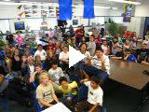A recent study (see a summary of it here), involving a team of researchers and two state-of-the-art climate computer models, estimates the future effects of climate change on California. The study considers two scenarios, one in which we significantly reduce our use of fossil fuels, and one in which we continue to use fossil fuels unabated.
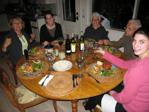
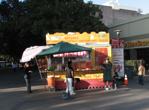
The most surprising find is that summer temperatures are likely to be much hotter 100 years from now—4 to 7 degrees F for the lower scenario and 7 to 14 degrees F for the higher. And this is the average for California—inland areas, such as the central valley, are likely to see more warming.
I asked people in Fresno what they would think if every summer day was 10 degrees F warmer. Most shuddered at the thought. Fresno already sees many summer days over 100 degrees. A vendor I talked to in downtown Fresno said he would not want to work on the street. The family I stayed with (who extremely generously shared with me the meal on the left) remarked that even a few degrees in the summer makes a huge difference for comfort.
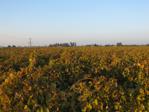
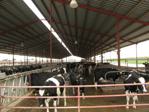
Agriculture, the foundation of the central valley’s economy, will likely suffer under such high temperatures. The same study estimated that dairy production and wine grapes, the two most profitable products, would see declines in their production. The farmer who I talked to in the last entry, after saying that such a warming would definitely not happen, said he would simply use more water if it did.
Unfortunately, using more water will be tough in a warmer California. Most of California’s precipitation falls in the winter in the north, yet most of the water is used in the summer in the south, and, in particular, by agriculture around Fresno. This water use is possible because the Sierra Nevada mountains store an incredible amount of water in their snowpack, which they release over the spring and summer. If the temperatures warm, we will lose the snowpack. In the higher emissions scenario, California lost 70% to 90% of its snowpack (and its ski season, for that matter), and in the lower emissions scenario, between 30% and 70%. The models also predict that there will be a slight decrease in total precipitation, only adding to the problems.
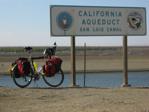
Warmer summers, decreased agriculture, and reduced water availability are just three of the findings of the study. While not entirely disastrous, the effects are bad, and there is a very big difference between the high emissions scenario and the low emissions scenario.





